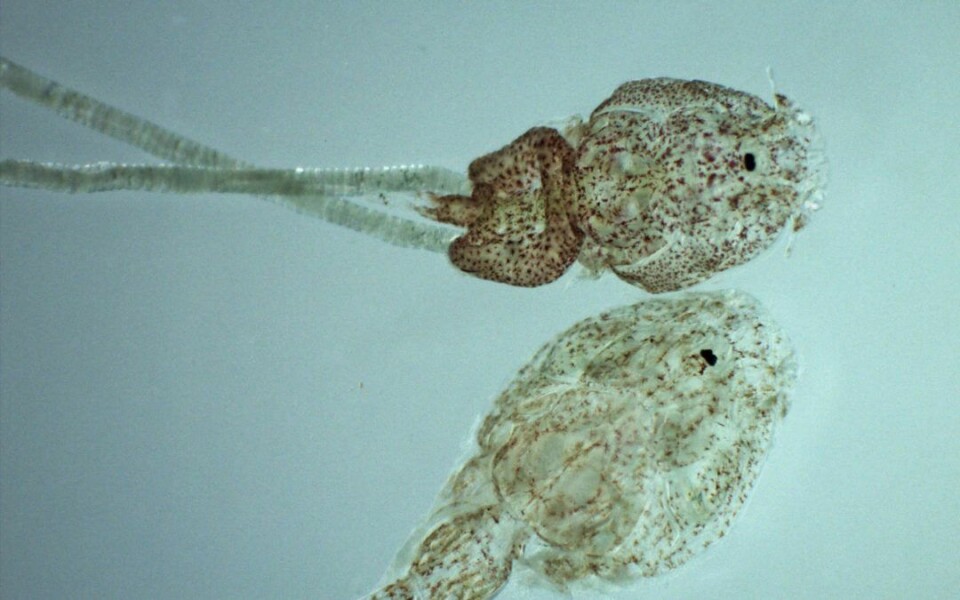
Vaccines show effect against early-stage lice
Scientists in Chile have presented three vaccine prototypes that have been shown to reduce sea lice loads on salmon by up to 52%.
The prototypes are based on the recombinant proteins cathepsin and peritrophin that are involved in essential pathways for the development of host-parasite interaction in early stages (chalimus I-II) of the Chilean louse, Caligus rogercresseyi.
The three vaccines consisted of: prototype A, recombinant peritrophin; prototype B, recombinant cathepsin; and prototype C, the combination of peritrophin and recombinant cathepsin (50/50%).
35 copepodites per fish
To test their effectiveness, the researchers from the Interdisciplinary Centre for Aquaculture Research (INCAR) at the University of Concepción used 100-gram Atlantic salmon divided into four groups - three groups that were each was injected with one of the prototypes plus a control group. The fish were later infested with 35 copepodites per fish.
Seven days after infestation the researchers took skin and head kidney samples. In addition, they recorded the number of sea lice on the surface of the fish.
Vaccine prototypes A, B and C reduced parasite loads by 24%, 44% and 52% respectively, compared to the control group.
Early interactions
In addition, gene expression analyses exhibited prototype-dependent modulation of the transcriptome, where differences in genes that increased their expression were associated with iron binding, molecular processes, and energy production during the early stages of infestation.
“The findings suggest a balance between the inflammatory response of the host and the metabolic process in vaccinated fish, which increases their transcriptional activity, and may alter early interactions between the host and the parasite,” the scientists concluded.
Read the full article (in English) titled “Exploring Sea Lice Vaccines against Early Stages of Infestation in Atlantic Salmon (Salmo salar)”, here.























































